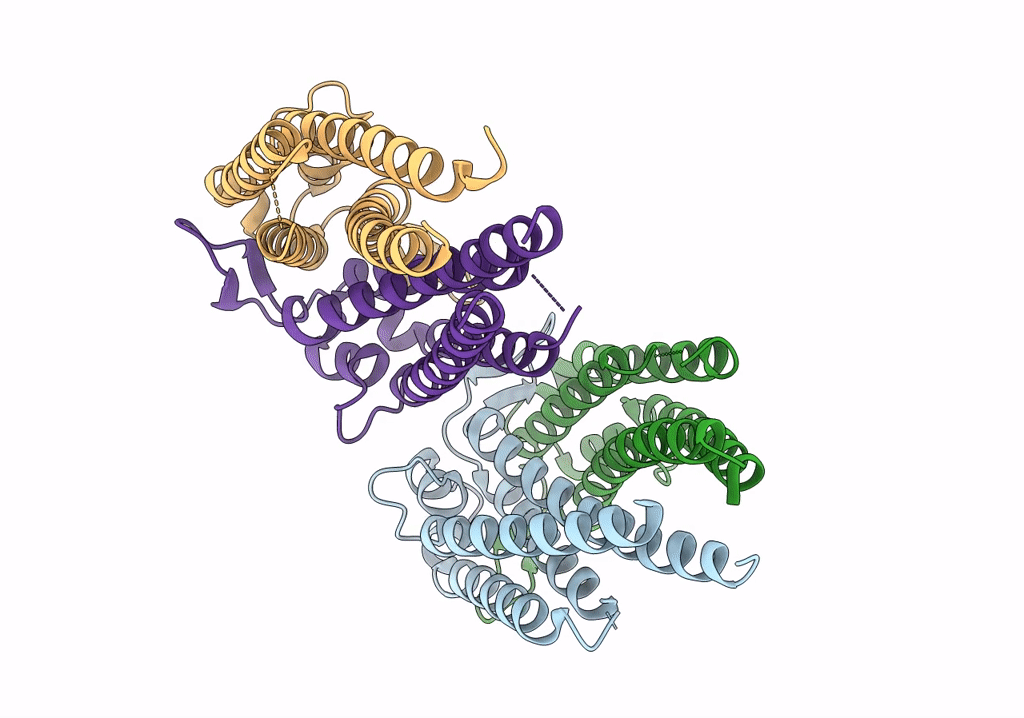
Deposition Date
2022-03-30
Release Date
2023-04-05
Last Version Date
2023-10-25
Entry Detail
Biological Source:
Source Organism:
Borreliella burgdorferi (Taxon ID: 521009)
Host Organism:
Method Details:
Experimental Method:
Resolution:
1.95 Å
R-Value Free:
0.22
R-Value Work:
0.19
R-Value Observed:
0.19
Space Group:
P 1 21 1


